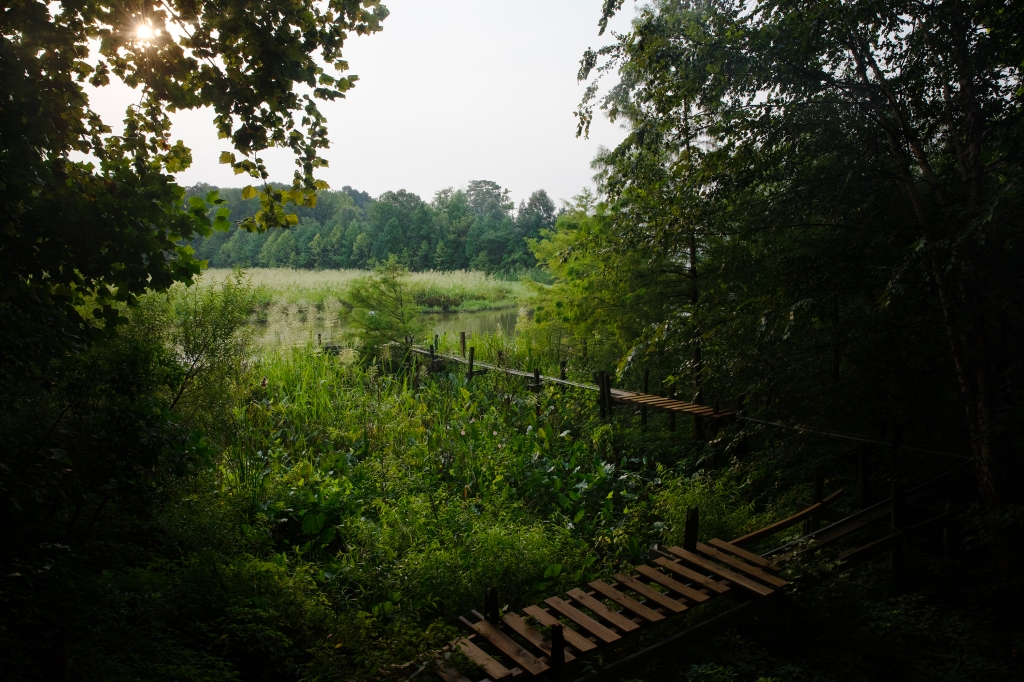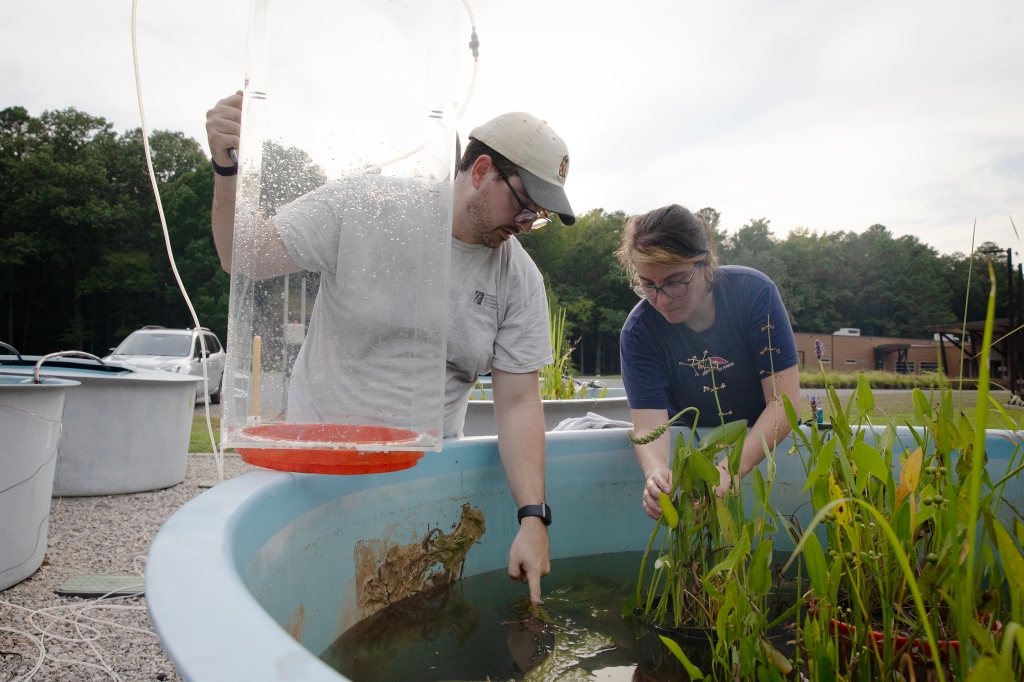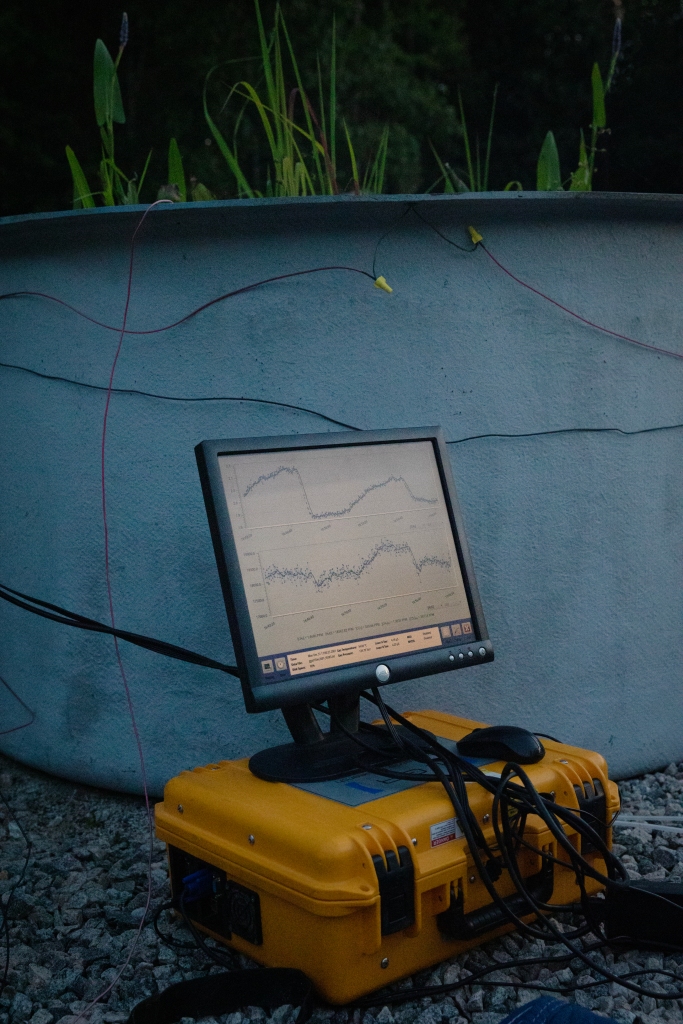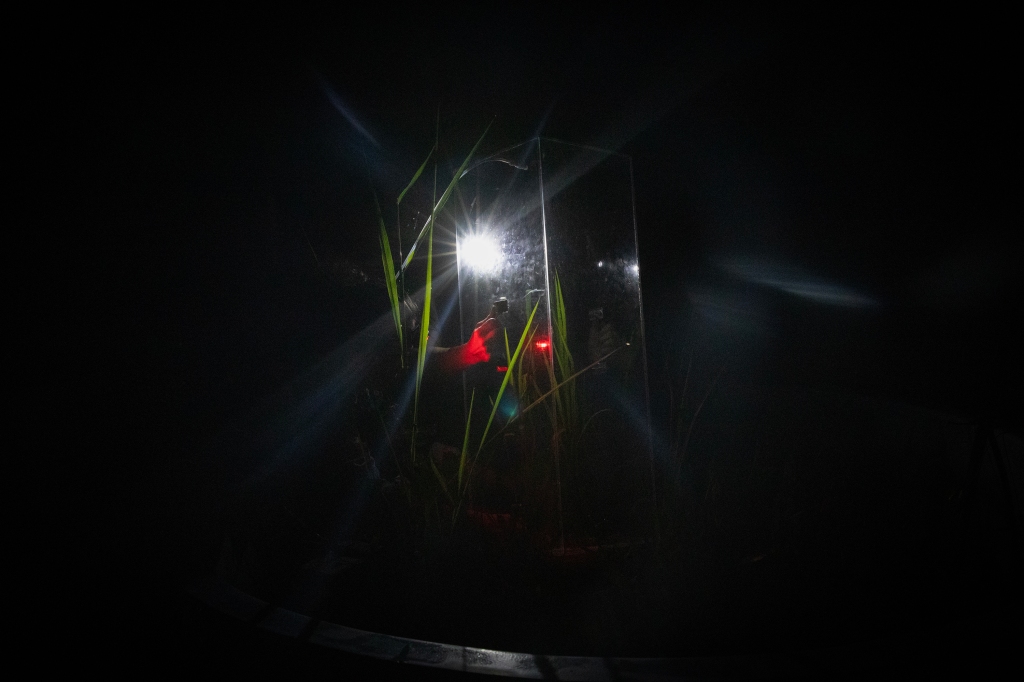
Wetlands are vital for the variety of ecosystems and species they support, and the role they play in flood mitigation and water filtration. They are also great carbon sinks — absorbing and storing huge amounts of carbon from the atmosphere. A 2022 article by NOAA points to studies suggesting mangroves and coastal wetlands can capture ten times more carbon than mature tropical forests. They also store three to five times more carbon per equivalent area.
Now for a twist — wetlands also release methane. One reason for this is because of microbial activity in the soil. Microbes feed on organic matter and produce methane as a waste product. In fact, wetlands are the largest natural source of this greenhouse gas.
The factors that affect the exchange of carbon and methane in wetlands are numerous, complex, and don’t necessarily mirror those in more thoroughly studied terrestrial ecosystems. Sara Tenda, a VCU masters student in Chris Gough’s lab at the VCU Rice Rivers Center, is studying how saltwater intrusion and nutrient runoff affect this gas exchange in a tidal freshwater ecosystem.
Throughout the summer, researchers monitored this carbon cycling in a series of experimental ecosystems at the center. A few weeks ago I joined the team in a 24-hour field intensive. I figured 24-hour fieldwork would entail collecting data for a few hours, taking a break for a few hours and then continue data collection. I should have taken the term “intensive” more seriously.
Over the course of 24-hours, teams worked in 8 hour shifts to continuously collect data from these ecosystems. The 24-hour cycle gave a deeper insight into how photosynthesis and real-time tides affect this gas exchange.
Funded by the Department of Energy and in collaboration with universities across the country, this work is part of a large modeling project hoping to gain a better understanding of this important process.









